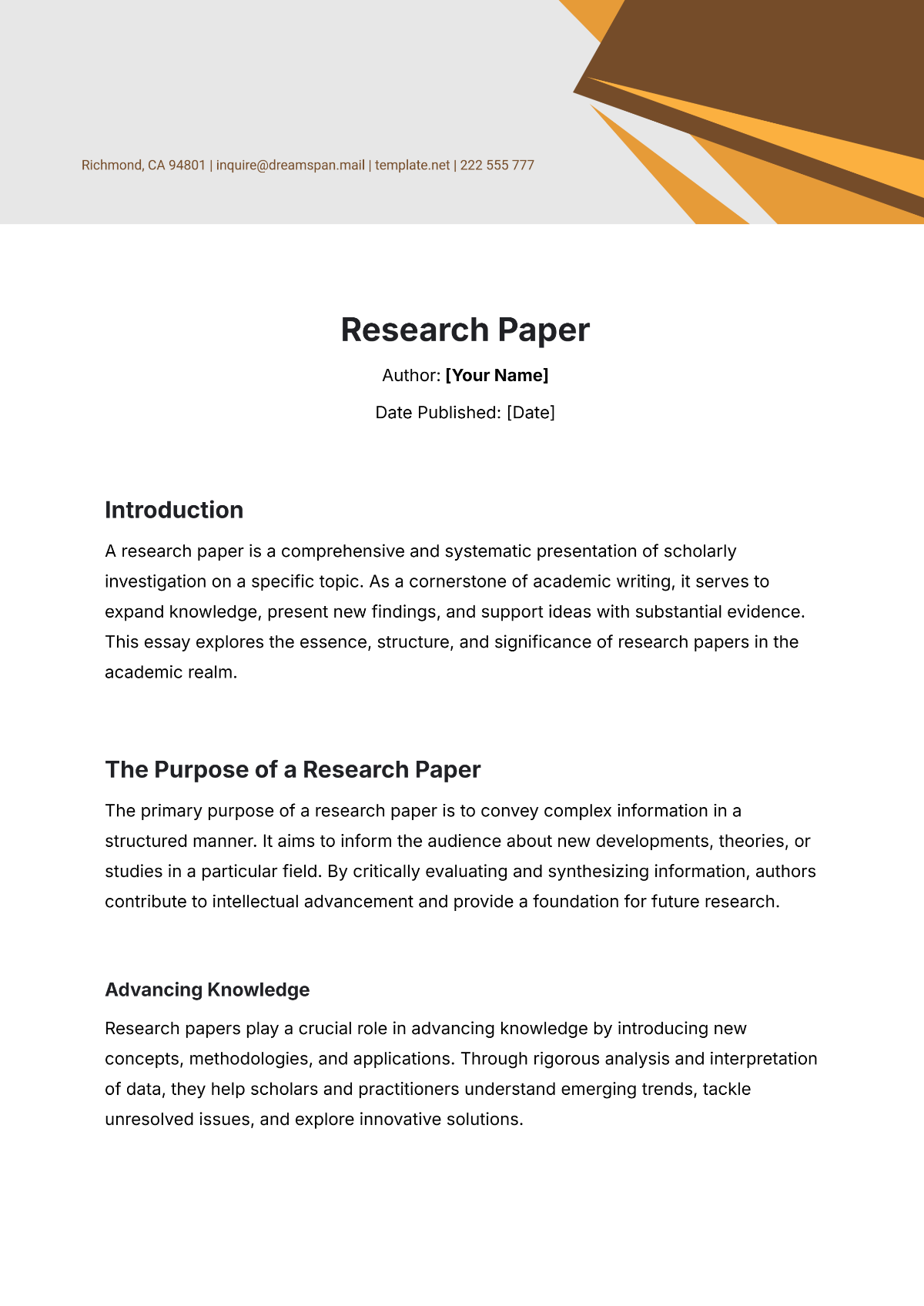Thesis and Dissertation: An In-depth Study
Chapter 1: Introduction
1.1 Background
In the digital age, social media has fundamentally transformed marketing practices and consumer interactions. Platforms such as Facebook, Instagram, Twitter, and TikTok have become indispensable tools for brands seeking to engage with their audiences. The interactive nature of these platforms facilitates real-time engagement and personalized marketing, which significantly influences consumer purchasing decisions. This transition from traditional advertising to social media-driven campaigns reflects a broader trend toward digital influence in consumer behavior. Social media’s capacity to target specific demographics, analyze engagement metrics, and foster community interactions has established it as a crucial component of modern marketing strategies.
1.2 Research Objectives
This study aims to:
Assess the Impact of Social Media Advertising: Evaluate how social media advertisements influence consumer purchasing decisions and behaviors.
Identify Effective Platforms: Determine which social media platforms are most effective at driving consumer action and influencing purchasing decisions.
Understand Influencer Endorsements: Analyze the role and effectiveness of influencer endorsements in shaping consumer preferences and buying choices.
1.3 Research Questions
To achieve these objectives, this study seeks to answer the following research questions:
How does social media advertising impact consumer purchasing decisions?
Which social media platforms most influence consumer buying behavior?
What is the effect of influencer endorsements on consumer purchasing choices?
Chapter 2: Literature Review
2.1 Social Media and Marketing
The emergence of social media has revolutionized marketing strategies. Research indicates that integrating social media into marketing campaigns enhances brand visibility and consumer engagement. Social media enables targeted advertising, real-time feedback, and personalized content, all of which significantly shape consumer behavior. Compared to traditional media, social media’s interactive nature fosters a more dynamic and engaging consumer-brand relationship.
2.2 Influence of Social Media Platforms
Different social media platforms offer unique features and engagement opportunities. Facebook’s extensive user base and advanced targeting options make it effective for broad-reaching campaigns. Instagram’s focus on visual content is ideal for brands leveraging high-quality imagery and video. Twitter excels in real-time engagement and trend monitoring, while TikTok’s algorithm promotes viral content and influencer collaborations. Comparative studies show that the effectiveness of these platforms varies depending on the product type and target audience.
2.3 Role of Influencers
Influencers have become central to social media marketing. Research differentiates between various influencer types, including celebrities, macro-influencers, and micro-influencers, each affecting consumer behavior differently. Celebrities offer broad reach and high visibility, while micro-influencers provide higher engagement and trust due to their niche audiences. Studies reveal that influencer credibility and relatability significantly impact consumer trust and purchasing behavior, highlighting their value in social media marketing.
Chapter 3: Methodology
3.1 Research Design
A mixed-methods approach was employed to provide a comprehensive understanding of consumer behavior. This approach combines both quantitative and qualitative research methods to capture a wide range of insights. The integration of survey data and in-depth interviews allows for a robust analysis of social media’s impact on consumer buying behavior.
3.2 Data Collection
Survey: An online questionnaire was distributed to 500 participants, focusing on their social media usage patterns, advertising exposure, and purchasing habits. The survey included questions on platform preferences, ad recall, and the influence of social media on purchasing behavior.
Interviews: Semi-structured interviews were conducted with 20 participants to explore their experiences and attitudes towards social media advertisements and influencer endorsements. These interviews aimed to gather detailed narratives and qualitative insights into individual buying behaviors.
3.3 Data Analysis
Quantitative Analysis: Survey data were analyzed using statistical software to identify trends, correlations, and significant factors affecting consumer behavior. Descriptive and inferential statistics were employed to interpret the results.
Qualitative Analysis: Interview transcripts were coded and analyzed thematically to identify recurring patterns and themes related to social media influence and influencer impact. This analysis helped contextualize quantitative findings and provided deeper insights into consumer attitudes.
Chapter 4: Results
4.1 Survey Results
The survey results indicated that 75% of respondents acknowledged that social media advertisements had influenced their purchasing decisions. Among various platforms, Instagram emerged as the most impactful, with 60% of participants identifying it as a major driver of their buying behavior. The survey also highlighted that visual content and targeted ads were particularly effective in capturing consumer attention.
4.2 Interview Insights
Qualitative insights from interviews emphasized the significant role of influencer endorsements. Participants were more likely to purchase products endorsed by influencers they follow and trust. Influencer credibility and relatability were crucial factors in influencing consumer choices. Additionally, many participants noted that influencer endorsements often led them to explore new products and brands they might not have discovered otherwise.
Chapter 5: Discussion
5.1 Interpretation of Results
The results reveal that social media advertising has a substantial impact on consumer purchasing decisions. Instagram’s visual appeal and targeted advertising capabilities make it particularly effective. Influencer endorsements are pivotal in shaping consumer preferences, with credibility and relatability being key factors. These findings align with existing literature, underscoring the importance of personalized and engaging content in social media marketing.
5.2 Practical Implications
For marketers and businesses, the findings suggest focusing on high-engagement platforms, such as Instagram. Leveraging influencer partnerships can enhance brand visibility and credibility. Tailoring content to match audience preferences and investing in high-quality visual content are recommended strategies to optimize marketing effectiveness.
5.3 Limitations and Future Research
This study acknowledges limitations, including sample size and potential biases. Future research could explore longitudinal studies to track changes in social media influence over time. Additionally, experimental research could test the effectiveness of various advertising strategies to refine social media marketing practices.
Chapter 6: Conclusion
6.1 Summary of Findings
This study underscores the significant impact of social media advertising and influencer endorsements on consumer buying behavior. Social media platforms, particularly Instagram, play a crucial role in influencing purchasing decisions. Influencer endorsements enhance consumer trust and drive the exploration of new products and brands.
6.2 Recommendations
Businesses should optimize their social media marketing strategies by focusing on high-engagement platforms and forming strategic influencer partnerships. Customizing content to align with audience preferences and leveraging visual appeal can further enhance marketing effectiveness.
6.3 Final Thoughts
The study contributes to understanding social media’s role in consumer behavior, providing actionable insights for marketers. As social media continues to evolve, ongoing research will be essential for adapting strategies and maintaining effective consumer engagement.

















































